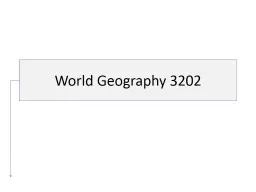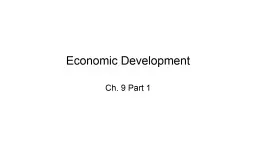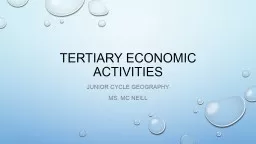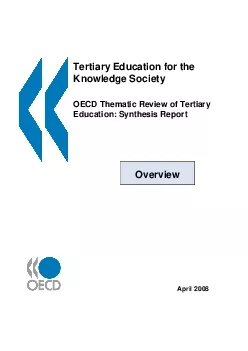PPT-World Geography 3202 Unit 5: Secondary and Tertiary Activities
Author : danika-pritchard | Published Date : 2018-10-29
Patterns in Manufacturing Chapter 13 Three Sectors of the Economy Primary Involves the collection or extraction of raw materials from the earth Farming fishing
Presentation Embed Code
Download Presentation
Download Presentation The PPT/PDF document "World Geography 3202 Unit 5: Secondary a..." is the property of its rightful owner. Permission is granted to download and print the materials on this website for personal, non-commercial use only, and to display it on your personal computer provided you do not modify the materials and that you retain all copyright notices contained in the materials. By downloading content from our website, you accept the terms of this agreement.
World Geography 3202 Unit 5: Secondary and Tertiary Activities: Transcript
Download Rules Of Document
"World Geography 3202 Unit 5: Secondary and Tertiary Activities"The content belongs to its owner. You may download and print it for personal use, without modification, and keep all copyright notices. By downloading, you agree to these terms.
Related Documents














